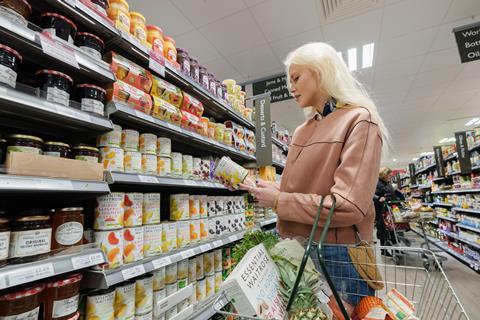
Waitrose executive director James Bailey has promised that “value” remains part of its long-term strategy, hinting that it would extend its programme of price cuts following improved sales during the first half of the financial year.
This week the retailer launched what was the final of three tranches of price cuts as part of a £100m investment in lowering prices announced in February. It reduced the price of 250 “autumn products” including penne pasta, whole chickens, and British apples as part of the latest wave.
Asked if the grocer would extend the cuts, Bailey said: “Our value for money strategy is a long-term one, put it that way.”
“We’re really pleased with the customer response to those cuts,” he added. “There’s been lots of positive feedback and the volume has responded really positively as well.”
Bailey spoke to The Grocer following the publication of the supermarket’s half-year results on Thursday. Sales grew 4% to £3.7bn in the 26 weeks to 29 July. Waitrose’ operating profit grew to £504.4m, from £431.7m last year.
The sales increase was largely driven by food inflation, the supermarket said, as volumes were down 5% during the period.
The wider John Lewis Partnership had been able to save £31.2m as a result of efficiencies savings during the year. However, the figure did not include the potential gains that could come from a reshuffle of store working hours to more closely align worker hours with busier periods.
Waitrose would continue to reinvest the efficiency savings into improving its customer offer, but it would be a balance between product and store experience, online and “other things” said Bailey.
“Value for money will be one of those things in the medium long term.”
Availability levels improved despite IT issues
The price cuts, which Waitrose has rolled out under the slogan of ‘New Lower Prices’ drove sales growth of 12% for those products, with volumes growing 13% during the first half of the year, Waitrose said.
Customer numbers across its stores had grown 6% to 14.2 million during the first half of the 2023 financial year, the sixth successive period of customer growth. Had this figure also included those using Waitrose’s third-party partnerships with the likes of Dobbie’s and Deliveroo, it would have been “significantly” more, Bailey said.
Customers had reacted to the price cuts by buying more and more often, Bailey said. Sales of its meal deals had “tripled” over the past year following the launch of new 10 new ‘dine in’ options from October 2022, and the addition of its £5 lunchtime meal deal in September.
Sales of super-premium products, including its dry aged beef, had also increased as customers looked for better quality eating in options, Bailey said.
Waitrose’s ‘Best Together’ programme, which sees it stock John Lewis products in stores, was “growing even faster” than the core food offer, Bailey said.
Waitrose had achieved availability levels of 96.1% through the first half of the year despite several periods of shortages in some stores and delivery issues related to IT updates, he added. The total problems had shaved £11.6m off of Waitrose’s profits during the first of the year.
“We had some IT challenges in the first half. We recovered very, very quickly and actually our availability overall in the first half this year was up.
“The IT infrastructure needs investment and work and those things can’t be done overnight,” Bailey said, adding that there was a “very big” transformation in place, which could take “three to five years” to complete.
Alongside its wider efficiencies programme, Waitrose has been working on a programme of range rationalisation, which Bailey said would continue for the next 18 months.
It includes the addition of bakery fixtures with Gail’s Bakery, and the launch of ranges including Plants By Ella, in conjunction with the food blogger and entrepreneur Ella Mills. Waitrose would continue to concentrate on ranges that “differentiate” it, Bailey said.
“Those are as you’d expect things like fresh produce, fresh meat, counters and wine.”
JLP losses narrow
The boost to Waitrose came as losses across the wider JLP partnership narrowed, falling 14% from £66.6m to £57.3m during the first half of the year.
Chairman Sharon White, alongside new partnership CEO Nish Kankiwala, warned it would need to delay its plans to return the business to profit, by an additional two years, to 2028, because of inflation and the impact of the cost of living crisis.
White didn’t rule out that this could also mean an extension to its original 2030 target of ensuring that 40% of profits come from outside retail, through ventures like its plan to build 10,000 buy to let houses.
The retailer said the results were positive heading into the second half of the year. The business makes a significant amount of its profits during the final three months of the year, which includes the Christmas period.







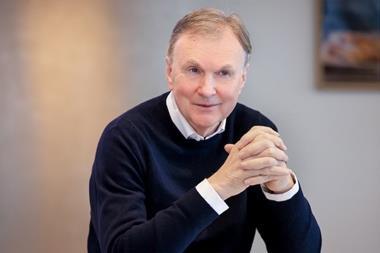

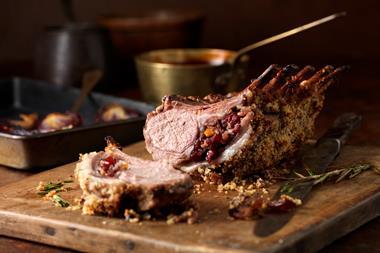
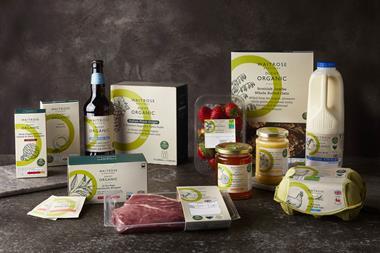





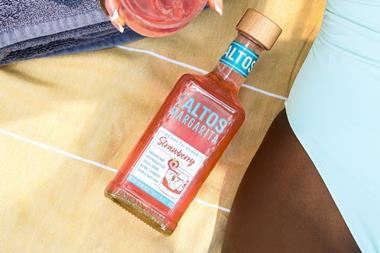
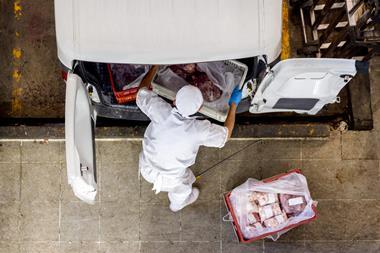
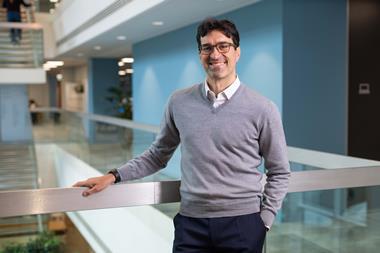
No comments yet